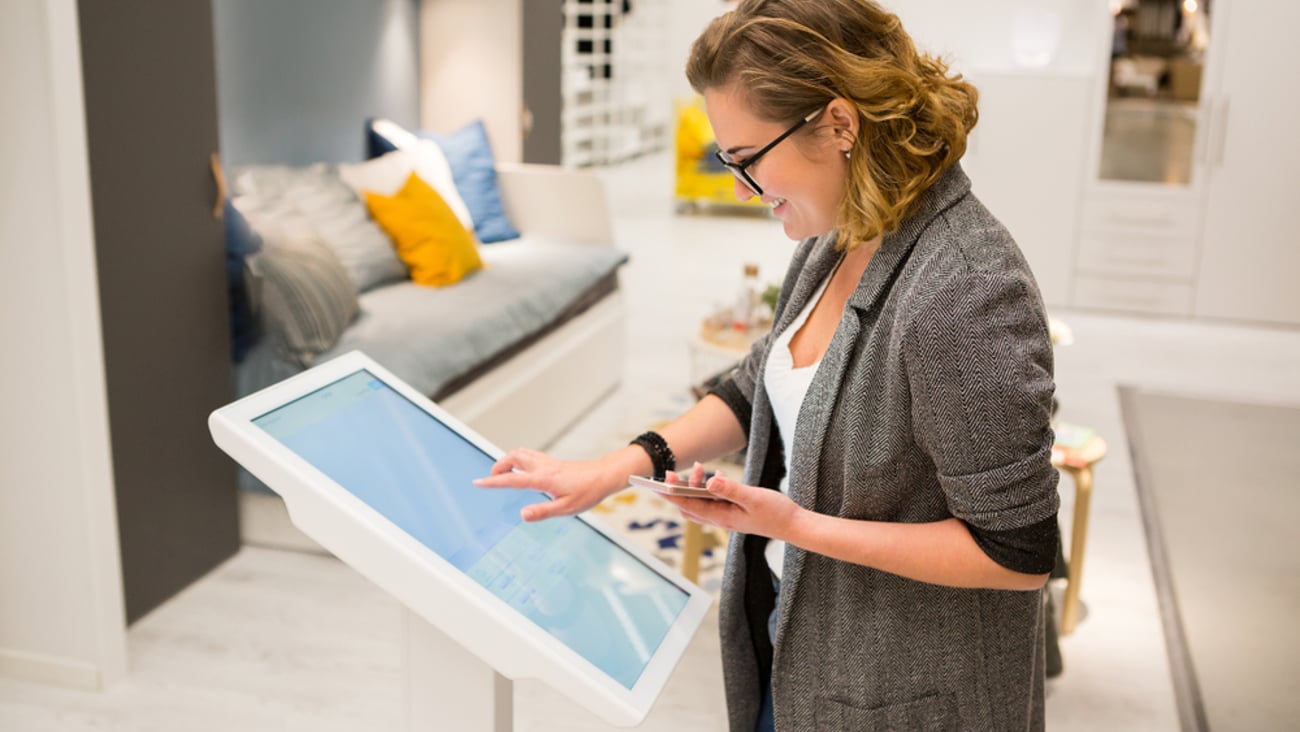Expert Analysis: How to do ‘high touch’ in the age of ‘don’t touch’
It’s a confusing time for customer-centric businesses.
You take pride in your high-touch approach to customers, but in the age of social distancing, customers seem to be further removed than ever before. Many retailers are coping by offering online shopping followed by contactless delivery.
Here’s the thing, though — this time is a huge opportunity to build the largest marketing database you’ve ever created, and the “no touch” measures you’ve had to implement in response to the pandemic can help you do it. There’s more good news: it’s really easy to do since everything is online. Here are three tips to get started:
- Take advantage of the spike in web traffic. Many retailers are reporting astronomical increases in web traffic. Online sales in the U.S. grew by 76% in June. Some stores say their web traffic is up anywhere from 300% to 3,000%. Since online shopping is up, there’s never been a better time to ask customers to opt-in for further communication across channels from your brand.
Don’t restrict your “small data” collection efforts to customer email for online purchases — ask for their phone contact information too so you can text them. SMS messaging is incredibly effective as a marketing tool, and customers are typically willing to share their information as long as you consistently deliver something they value.
- Collect and confirm opt-ins everywhere. The logical place to focus on gathering opt-ins for customer contact is online since that’s where a lot of shopping traffic is happening right now. But look for opt-in opportunities everywhere, including at the point of sale offline and online, via loyalty program sites and any other place you encounter customers.
If suppliers or other partners like call centers are in contact with your customers to facilitate deliveries, curbside pickup or other services, that can be an opportunity to collect and confirm opt-ins too. The API economy makes it simple to cross-connect with suppliers and vendors and consolidate all your information on a single platform.
- Measure what matters. As you collect and confirm opt-ins, measure your progress at each step of the way while you create a massive marketing database. Make sure you know where customers are when they interact with your brand and create plans to meet them on their preferred communication channels at each point on the customer journey.
At this moment, it’s more difficult (or impossible, even, depending where you are) to meet customers face to face. This year, it doesn’t look like Black Friday will happen, at least not as we’ve known it. That means you need a game plan, and measurement is the first step that will enable you to meet customers where they are — now and as the holiday season ramps up.
This much is clear: the pandemic has created great uncertainty in the economy, particularly for the retail sector. Social distancing measures interrupt normal ways of doing business, and that and the related economic fallout are having a significant impact on demand.
What’s not so clear is how the changes in the way we conduct business now will affect buying patterns over the long term. Early indications are that they could be significant and lasting. Retail giants like Walmart, Target, Kohl’s, Dick’s Sporting Goods and Best Buy have already announced they’ll be closed on Thanksgiving.
That makes sense because of the likelihood that crowds and store capacity will still be limited in November. But some retailers are planning on expanding their Cyber Monday campaigns to make up for the possibility of Black Friday shortfalls, and they intend to use the curbside pickup and delivery options they’ve relied on during the pandemic to keep shopping options open for customers. Customers might develop entirely new shopping habits that outlast the public health crisis.
If you’re anxious about hurtling toward the crucial end-of-year shopping season in the midst of so much change and uncertainty, that’s understandable. But getting ahead of the curve now is a great way to address those concerns, and you can do that with a plan that expands opt-in collection and confirmation, builds a huge marketing database and reaches out to customers across multiple channels.
A high-touch customer service approach can still work in the social distancing era. Since so many transactions are taking place online, it’s easier to set yourself up for future success by collecting customer data at every opportunity, using online interactions to confirm opt-ins and finding and reaching out to customers where they are. That’s how to do “high touch” in the age of “don’t touch.”
Tara Kelly is CEO of Splice Software.











